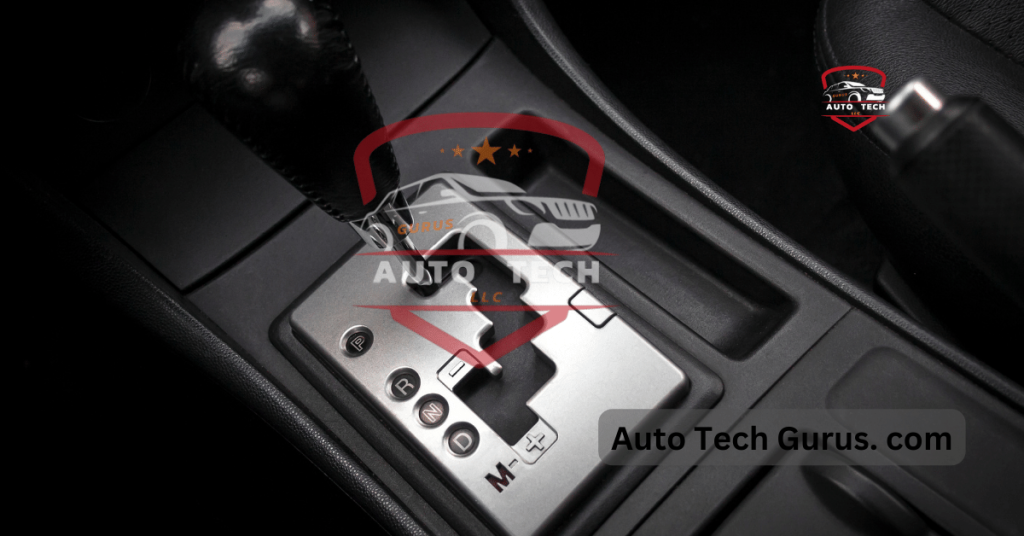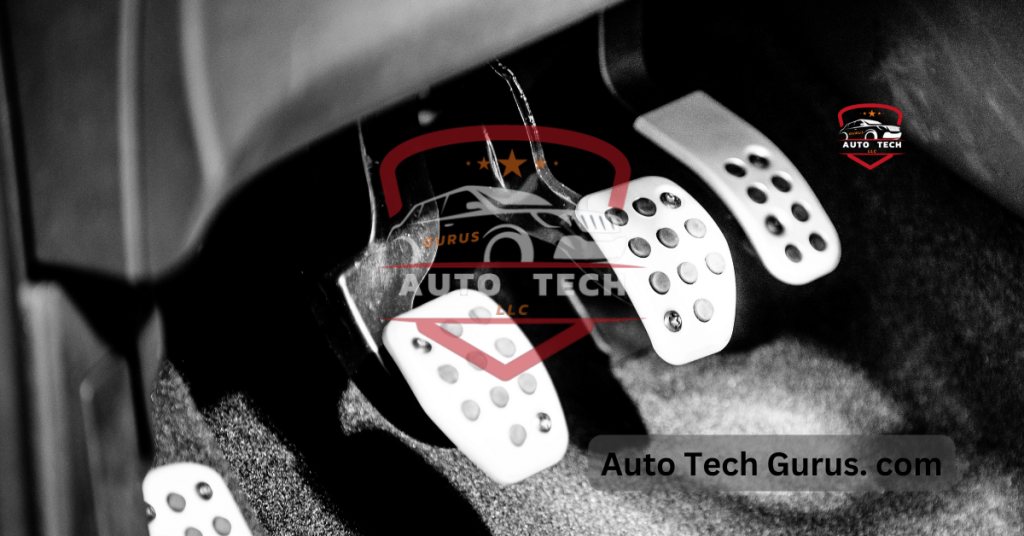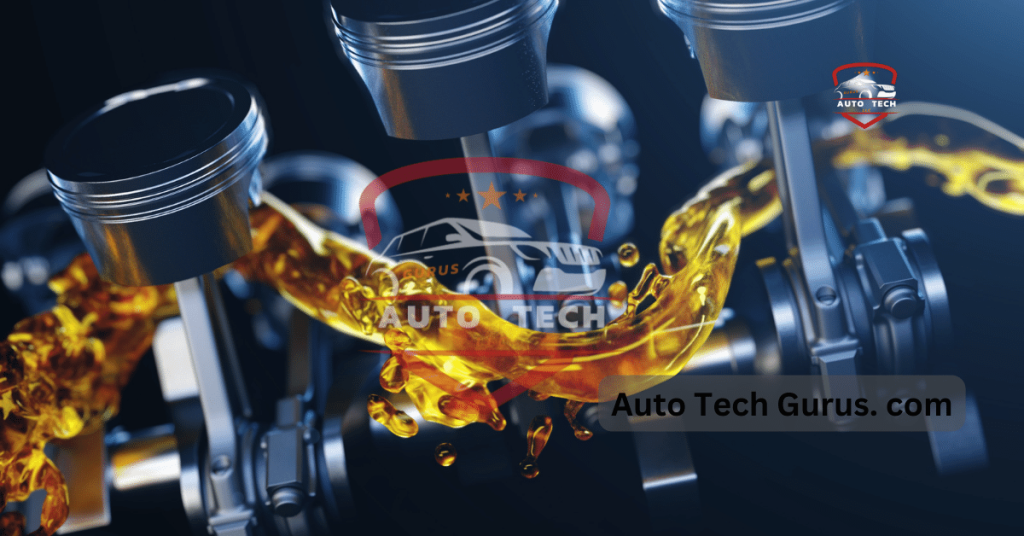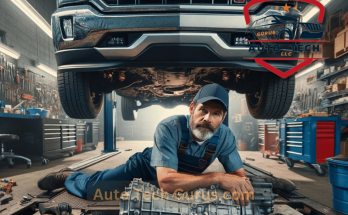After spending time behind the wheel of your vehicle, you become attuned to its behaviour. You can quickly sense when something is amiss. Whether it’s a minor inconvenience or a substantial concern, such as when your manual transmission successfully engages gears but refuses to propel the vehicle, identifying the root causes becomes paramount.
Common Causes to Watch For
When your manual transmission stubbornly engages gears without propelling your car, several common culprits demand your attention. A malfunction in the gear system ranks high among the potential issues, and a worn-out clutch mechanism also looms as a significant suspect. Another prevalent cause to scrutinize is a faulty hub sleeve, which can disrupt gear engagement. Extensive gear damage could immobilize your vehicle, necessitating a comprehensive solution.
The Evolving Landscape of Vehicle Transmissions
While the automotive industry leans towards automatic transmissions for improved operation and user experience, numerous manual transmission vehicles continue to ply the roads, functioning seamlessly. Although the trend leans towards automatic transmissions, many drivers prefer the engagement and control manuals provided. Suppose you own a car with a manual transmission and encounter issues. In that case, prompt diagnosis of the underlying problem is crucial to keep your vehicle on the road.
In an era where automatic transmissions are becoming the norm, manual transmissions’ longevity and enduring appeal are evident. Whether for the sheer joy of driving or specific performance requirements, manual transmission vehicles hold a special place in the hearts of many enthusiasts.
Understanding Manual Transmissions
Manual transmissions, commonly called “stick shifts,” are pivotal in driving. In a manual transmission vehicle, steering involves more than just turning the wheel; it entails mastering the art of gear shifting. At the heart of this system lies a crucial component: the clutch pedal.
The Clutch’s Vital Role
The clutch pedal is the linchpin of manual transmissions, facilitating the intricate dance between the engine, transmission, and wheels. When the driver presses the clutch, it signals to disengage the engine from the transmission by releasing the pressure plate. This disconnection is essential because it halts the power transfer from the engine to the wheels, a prerequisite for shifting gears.
Mastering the Gear Shift

To change gears in a manual transmission vehicle, the driver must follow a precise sequence of actions. Initially, the clutch pedal is firmly depressed, ensuring the engine remains dormant regarding power transfer. Then, with the clutch pedal still held down, the gear shift is manoeuvred to the desired position, aligning the vehicle’s speed with the selected gear.
Reconnecting the Power
Once the gear is engaged, the final step in this intricate process involves releasing the clutch pedal. This action seamlessly reconnects the engine’s power to the transmission, allowing the vehicle to accelerate precisely. Mastery of this procedure is the key to harnessing the full potential of a manual transmission, putting control firmly in the driver’s hands.
Also, Read >>>> Engine Ticking and Loss of Power
The Drawbacks of Manual Transmission
- Learning Curve
One of the manual transmission’s chief disadvantages lies in its learning curve. Mastery of this system requires understanding the precise art of clutch engagement, a skill that demands time and practice. Attempting to engage the clutch too rapidly or slowly can result in engine stalling or premature wear and tear.
- Challenges on Inclines
Navigating hilly terrain can pose a formidable challenge for manual transmission drivers. Unlike their automatic counterparts, manual vehicles may tend to roll backwards on inclines, which can be both unnerving and dangerous.
- Strain on the Left Leg
Another drawback is the physical strain on the driver’s left leg. Constantly manipulating the clutch pedal to ensure the vehicle’s smooth progression can lead to joint discomfort and pain. Though a fundamental part of driving a manual transmission, this continuous use of the left leg can result in physical discomfort over time.
Maybe You like to read >>>>> Why is my car overheating coolant reservoir full?
Troubleshooting a Manual Transmission That Won’t Propel Your Vehicle
Suppose you’ve encountered a situation where your manual transmission goes into gear but refuses to move. In that case, several underlying issues could be causing this perplexing problem. Let’s explore eight possible culprits and why they might hinder your vehicle’s movement.

Clutch System Failure
The clutch system is pivotal in connecting engine power to the transmission. This intricate system comprises six major components: the release cylinder, master cylinder, clutch disc, release fork, clutch cover, and release bearing. Any malfunction or fault in these parts can impede your vehicle’s movement. A damaged or leaking enslaved person or enslaver cylinder can lead to reduced fluid pressure, causing your manual transmission to engage gears but fail to move.
Bad Synchro Ring
The synchronization ring is responsible for the seamless engagement of your car’s gears. If your vehicle exhibits problems with gear engagement, it may be due to a malfunctioning or damaged synchro ring.
Damaged Gears
Gears are the heart of a manual transmission. Your vehicle’s manual transmission typically includes a reverse gear and counter gear, along with multiple other gears with varying tooth sizes. When the small teeth wear out, it can result in your manual transmission going into gear without propelling the vehicle. Similarly, damage to the larger gear teeth can manifest as unusual noises.
Hub Issues
The hub between the gears facilitates engagement between two gears and connects to the shaft. Damage to the hub can disrupt your vehicle’s movement despite being in gear.
Hub Sleeve Damage
Depending on the shift’s location, the hub sleeve’s ability to navigate left or right is crucial for engaging the primary gears and the hub. A broken hub sleeve can cause your manual transmission to engage gears but fail to move.
Insufficient Gear Oil
Manual gearbox gears require lubrication with gear oil, which is distinct from automatic transmissions. Refrain from timely oil changes or addressing leaks can reduce oil levels. It can hinder power transmission and cause your vehicle to remain stationary.

Damaged or Misaligned Shift Cable
In some vehicles, the absence of a direct shifter connection may cause issues. An installed cable can lead to equipment problems and inhibit your vehicle from moving.
Transmission Leaks or Stuck in Gear
A manual gearbox stuck in gear and difficult to release can stem from various factors, including low oil, damaged shifter arms, defective gear teeth, and internal component damage. Additionally, a misaligned transmission can be the root cause. Broken links or out-of-alignment shifts can constantly reset your transmission to neutral. Leaks in the manual transmission, caused by worn gaskets, loose bolts, or damaged components, can lead to gear engagement without vehicle movement.
Diagnosing the exact issue in the transmission case is essential. If your manual transmission goes into gear but fails to move, it’s likely due to one of these underlying problems.
Troubleshooting a Manual Transmission That Won’t Move When in Gear
If your manual transmission is in gear but refuses to budge, it could be a minor oversight or a more severe issue. In this situation, assessing the problem and taking steps to prevent being stranded is crucial. Here’s what I do when faced with this dilemma:
Step 1: Verify the Engine’s Status
The first and most straightforward action is ensuring the car’s engine runs. While this may seem obvious, it’s easy to overlook, especially in vehicles with quiet engines. Confirm that the engine is indeed turned on. Additionally, disengage the parking brake, as its engagement can impede the car’s movement when in gear.
Step 2: Fully Engage the Shifter
It is common to experience an issue where the shifter is not fully engaged in gear. It can happen when the clutch pedal is not fully depressed, which prevents the shifter from moving freely. Push the clutch foot to the floor and ensure the shifter is placed firmly in gear to resolve this. Alternatively, you can shift to a different gear.
Step 3: Examine the Shift Linkage
For a more in-depth investigation, remove the shift boot and center console to access the shift linkage. Examine the clips and pins that secure the shifter to the frame to verify that they are in proper order. Misaligned or damaged linkage components can prevent the shifter from operating smoothly.
Step 4: Check for a Worn Clutch Plate
To inspect the clutch plate, follow these steps: Place blocks under the front wheels and put the car in high gear while depressing the clutch pedal. If the car does not stall and continues to run, it may indicate a worn-out clutch plate. In such cases, it’s advisable to have the vehicle towed to a mechanic for a clutch plate replacement.
Conclusion
When your manual transmission goes into gear but refuses to move, it signifies a potentially serious transmission problem. Such issues can lead to your vehicle failing to start or operate correctly, posing a significant concern. Addressing the problem is imperative to ensure your vehicle’s continued functionality.
Identifying the Root Cause
The answer to resolving this issue lies in pinpointing the primary cause. With a thorough diagnosis, you can identify the problem and, in some cases, even address it independently.
Seeking Professional Assistance
If, despite your best efforts, your car remains immobile, it’s advisable to enlist the expertise of a qualified mechanic. A professional mechanic can accurately diagnose the problem and undertake the necessary repairs, ensuring your vehicle is back on the road and running smoothly. This way, you can regain peace of mind and continue your journeys without unnecessary concerns.
FAQs
Q1: What does it mean when my manual transmission goes into gear but doesn’t move?
A1: When your manual transmission goes into gear, but the vehicle doesn’t move, it typically indicates a problem within the transmission system. Various issues, such as clutch problems, damaged gears, or gear linkage malfunctions, can cause it.
Q2: Can I drive my car if the manual transmission goes into gear but won’t move?
A2: It is not advisable to drive your car if the manual transmission engages gears but doesn’t move. Doing so could worsen the issue and lead to further damage. It’s best to address and repair the problem before attempting to drive.
Q3: What should I check if my manual transmission goes into gear but the car doesn’t move?
A3: You should start by verifying that the engine is running, the clutch is fully engaged, and the parking brake is disengaged.
Q4: Can I fix a manual transmission issue like this alone?
A4: Minor issues, such as linkage problems or clutch adjustments, may be fixable by an experienced DIY mechanic. However, complex issues involving internal transmission components are best left to professionals to avoid further damage.
Q5: How can I prevent my manual transmission from going into gear but not moving?
A5: To prevent this issue, follow the manufacturer’s recommended maintenance schedule, conduct regular transmission fluid checks, and drive responsibly. Addressing odd noises or gear-shifting difficulties can also help prevent more severe problems.
Q6: What’s the typical cost to repair a manual transmission that goes into gear but won’t move?
A6: The cost of repairs can vary depending on the issue, vehicle make or model, and labour costs. Getting an estimate from a qualified mechanic after a thorough diagnosis is advisable.
Q7: Is it safe to continue driving if my car’s manual transmission has this problem?
A7: Driving with a manual transmission issue like this can be unsafe and cause further damage. It’s recommended to have the problem diagnosed and repaired before attempting to drive to ensure your safety and avoid additional repair costs.



